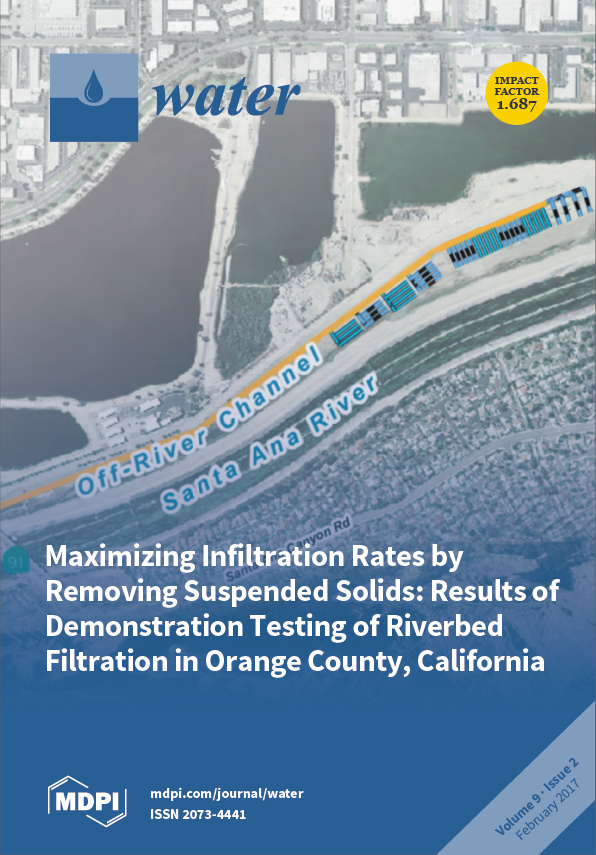Understanding the effects of climate and catchment properties’ changes on water yield is a challenging component in assessments of future water resources. Here, we spatially applied the water-energy balance equation, based on the widely-used Budyko framework, to quantify the temporal and spatial differences
[...] Read more.
Understanding the effects of climate and catchment properties’ changes on water yield is a challenging component in assessments of future water resources. Here, we spatially applied the water-energy balance equation, based on the widely-used Budyko framework, to quantify the temporal and spatial differences of the climate elasticity of runoff in the Poyang Lake Basin (PYLB), highlighting the influence of the catchment properties’ parameter
n variation on the climate elasticity and runoff prediction. By using Sen’s slope and the Mann–Kendall method, we found that, for the whole study period (1960–2010), annual temperature in PYLB significantly increased at a rate of 1.44% per decade. Basin-wide wind speed and net radiation had been declining at 0.17 m/s and 46.30 MJ/m
2 per decade. No significant trend was detected in precipitation and relative humidity. The moving average method was applied to evaluate the temporal pattern of
n. The results showed that the calibrated catchment properties’ parameter and the derived elasticities were not constant during the past 50 years. We found that in most sub-basins, the
n values increased during 1970–1980, followed by a decreasing trend in the period from 1980 to 1990, whereas the
n value in Fuhe sub-basin kept increasing for the almost the whole study period. In addition, the climate elasticity is highly correlated with the
n value, indicating that the catchment properties’ parameter was the dominant factor influencing climate elasticity in PYLB in the past 50 years. We also attempted to predict the runoff trend with the consideration of trends in
n. However, in some sub-basins, there were still considerable differences between the predicted runoff trend and the observed one. The method used here to evaluate the temporal pattern of
n should be an extension of the existing literature and will provide a better understanding of elasticity in the regional hydrological cycle.
Full article





